Léon Spilliaert – Royal Academy, London
Review of the Royal Academy’s exhibition on Léon Spilliaert. An interesting monographic exhibition of an artist who is not dissimilar to Munch, but seems to be little known outside his home country of Belgium.
Back at the Royal Academy!
Another week, another visit to the Royal Academy! I feel very fortunate that this is the third time I have been back since lockdown measures started to ease. You may remember my post on Picasso and Paper, followed by a more recent visit to Gauguin and the Impressionists.
As with the latter this isn’t strictly a Covid Diaries as I’ve already been into their coronavirus measures in depth. What has been interesting though is that each visit to the RA has been a little different. For Picasso and Paper it was fairly straightforward. Sanitise hands, beep your ticket in the marquee in the courtyard, straight up the stairs and into the exhibition. Gauguin and the Impressionists was a little more complex. Same entry procedure, but then a long journey to the back of the building with staff managing one-way traffic flows.
Masters of Covid Measures
For Léon Spilliaert it was something else again. This exhibition was opened pre-lockdown (original dates from January to April 2020). It’s in the RA’s smallest exhibition space which is up a small staircase and normally packed full of people. What they have implemented in order to be able to reopen it is ingenious. Tickets are issued on the hour, with a sort of holding pen downstairs where tickets are scanned. There’s a bit of waiting for the previous hour’s visitors to be cleared. Then everyone files up two floors into the exhibition and has 55 minutes before making way for the next cohort.
As with many of the institutions I’ve visited (the Tate and National Gallery being the notable exceptions), the lower visitor numbers make it a very pleasant experience. There is an initial bottleneck as everyone enters at once, but people fan out very quickly. This is either because their natural exhibition-viewing speeds are different or, like me, because they skip the first room and come back to it at the end instead in order to allow for social distancing. It’s quite an effective way to manage a small space with a single entry and exit point. It will be interesting to see if other institutions with space challenges follow suit.
An Introduction to Léon Spilliaert
So who was Léon Spilliaert anyway, and what was this exhibition all about? Spilliaert was born in 1881 in the town of Ostend in Belgium. His family ran a perfume shop, and the young Spilliaert was able to enrol in art school in Bruges. Ill health prevented him from ever completing a fine art education, however.
This ill health comes through strongly in the exhibition. Spilliaert suffered from chronic stomach pain and also insomnia, and would often walk the streets of Ostend at night. He manages to capture effectively the magical, unreal quality of these nocturnal outings in his images of marginal characters, streets and sea views. There is a real melancholy in his works which is reminiscent of Edvard Munch’s works on paper. Although perhaps it is the similar period which makes it easy to form connections rather than any shared existential angst. On close examination Spilliaert’s focus seems to have been much more personal than universal.
Spilliaert worked as an illustrator and began to exhibit works more frequently. His life was, however, undoubtedly affected by the wider events of the early 20th Century. An unsuccessful attempt to flee Belgium during WWI led him to settle in Brussels with his pregnant wife, thereafter dividing his time between Ostend and Brussels. His family life seems to have provided some stability; he enjoyed greater artistic recognition in the interwar period, before succumbing to deteriorating health in 1946.
Deserving of More Public and Institutional Recognition
As for what the exhibition is about, it strikes me that Léon Spilliaert is an artist deserving of more recognition. Although he exhibited works alongside Picasso in his lifetime, it is noticeable that almost the entirety of the works on display are drawn from private collections or Belgian institutions. There are a handful from the Musée d’Orsay, who in fact organised this exhibition in collaboration with the Royal Academy. But other than that I can’t say I noticed any works that came from further afield.
In fact, the high number of works from private collections made two impressions on me. First that the framing was more idiosyncratic than in most exhibitions (where frames tend either to be original or neutral). And second that the low-reflection glass that museums and galleries tend to use makes a big difference. It was interesting looking at the wildly different styles and materials of the frames; some wood, some metal, some wide, some narrow, some coloured or ‘distressed’, some plain. On the other hand I found myself at times contorting into strange angles to try to see the art works without the reflection of the rest of the gallery and my own face in the way.
Léon Spilliaert: A Perfect Artist to Discover in 2020
But anyway, I’m getting distracted. The point of the exhibition is to bring to a new audience the works of Léon Spilliaert. I believe it does this for the most part very well. Visitors are first introduced to the artist; the many media he used for his works on paper (often all at once – a typical label might read ‘Indian ink wash, brush, gouache, wax crayon and pencil’); and his work as an illustrator. Subsequent sections explore his lonely nighttime wanderings; his fascination with the North Sea and beach at Ostend; and his haunting and soul-baring self portraits. The exhibition texts and accompanying printed guide place him firmly in an intellectual and artistic exchange at a very inventive and innovative time in art history. They also connect him with literary Symbolism as a movement, placing the poetic above the literal.
I would actually argue that Spilliaert is a perfect artist to discover in 2020. His dark vision, the melancholy and loneliness that pervade his paintings speak to the experience of many people this year. And the relative solitude the Royal Academy is able to offer creates the perfect conditions to get to know his works in detail. With so few works to see in public collections outside of Belgium I doubt whether the Royal Academy’s efforts will make Spilliaert a household name, but this is the first monographic exhibition of his work in the UK so it is definitely a start. And with the exhibition due to move on to the Musée d’Orsay from October, more than one gallery-going public will be given the change to get to know the artist and his works.
Salterton Arts Review’s Rating: 3.5/5
Léon Spilliaert until 20 September 2020
If you see this after your page is loaded completely, leafletJS files are missing.

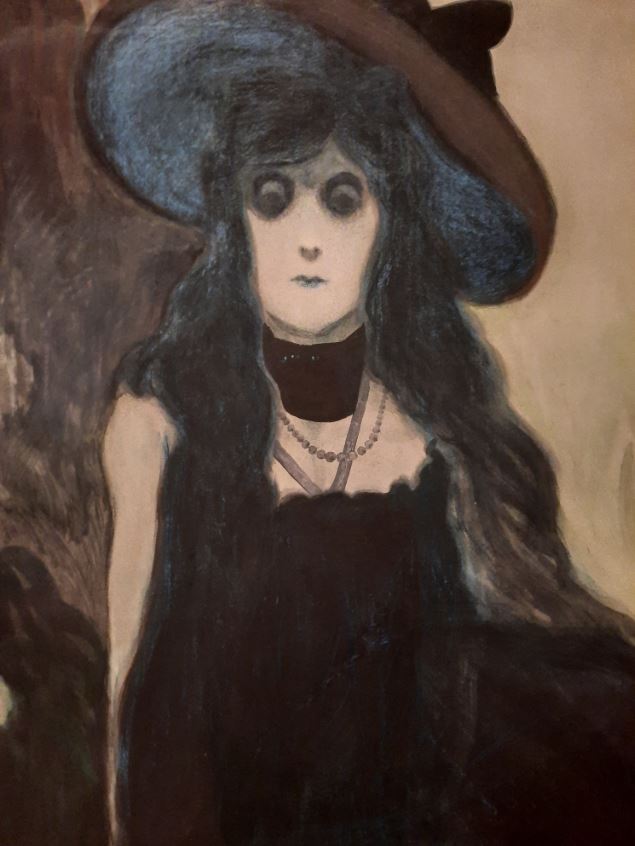
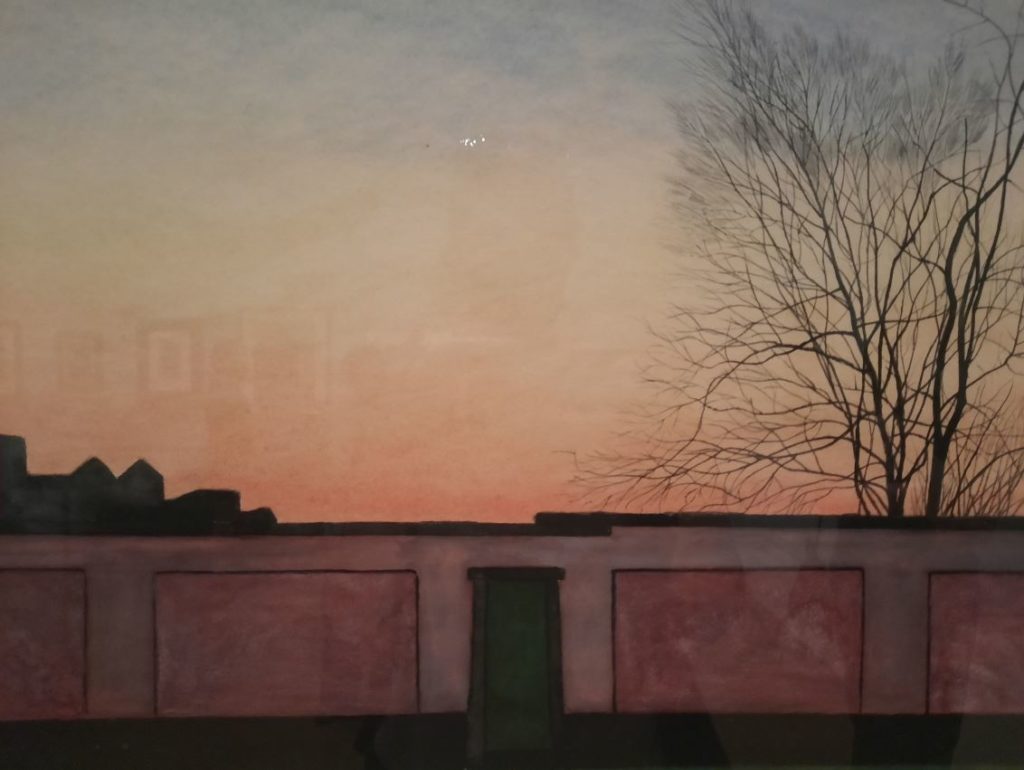
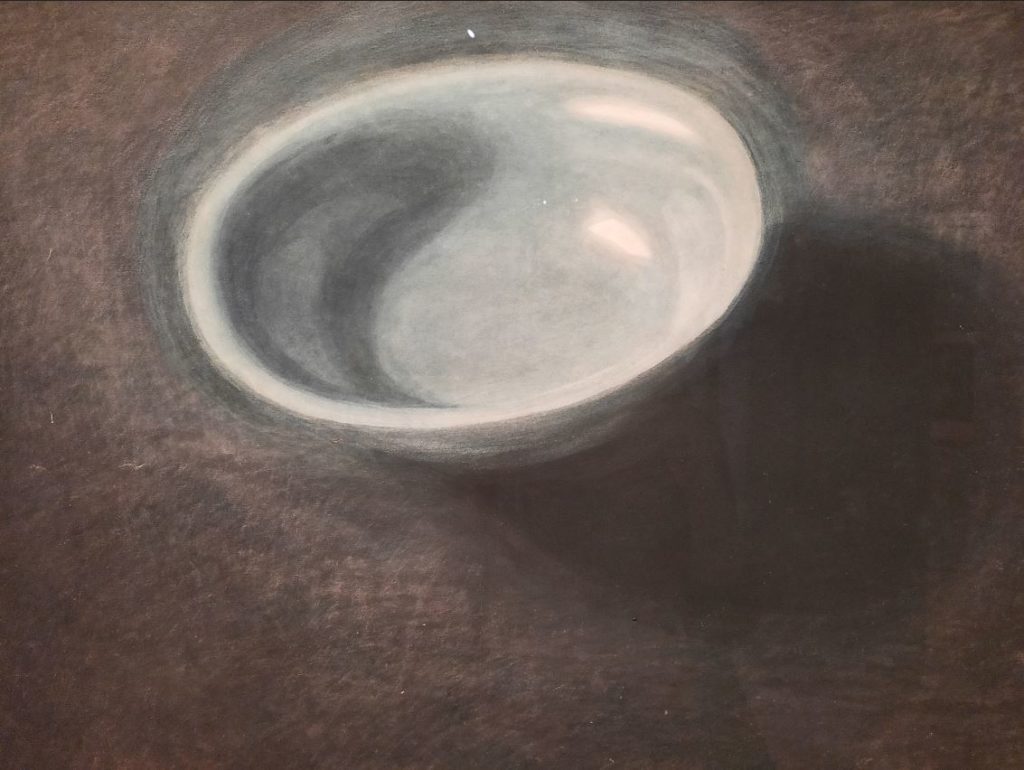
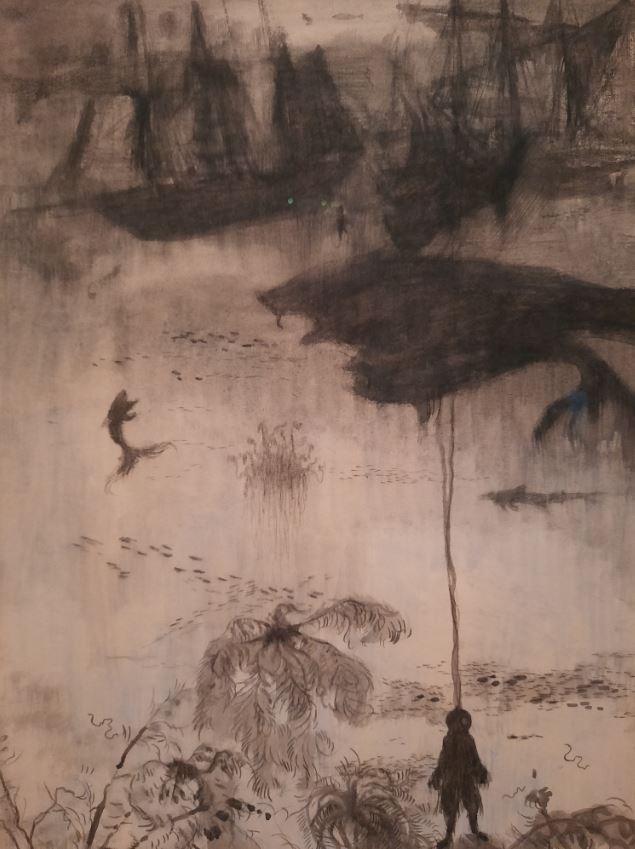
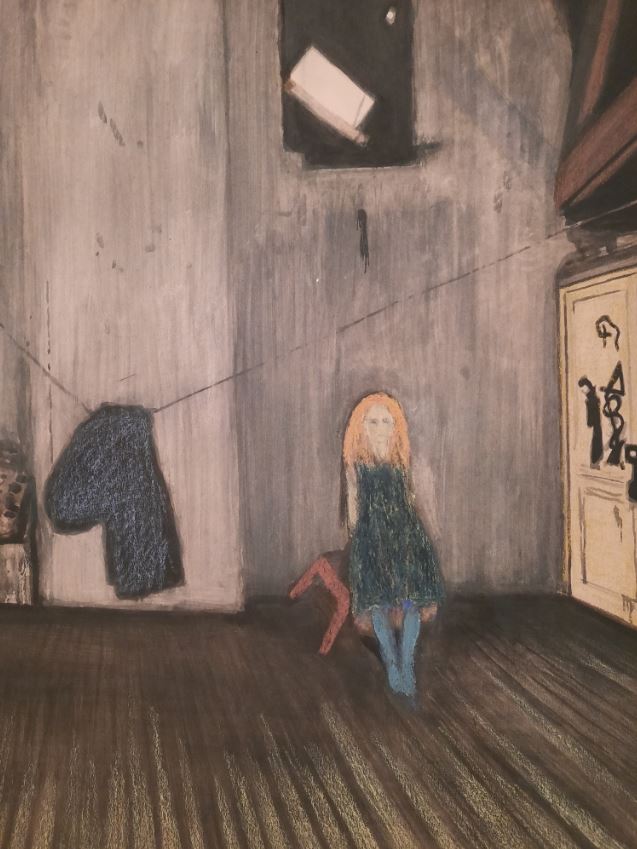
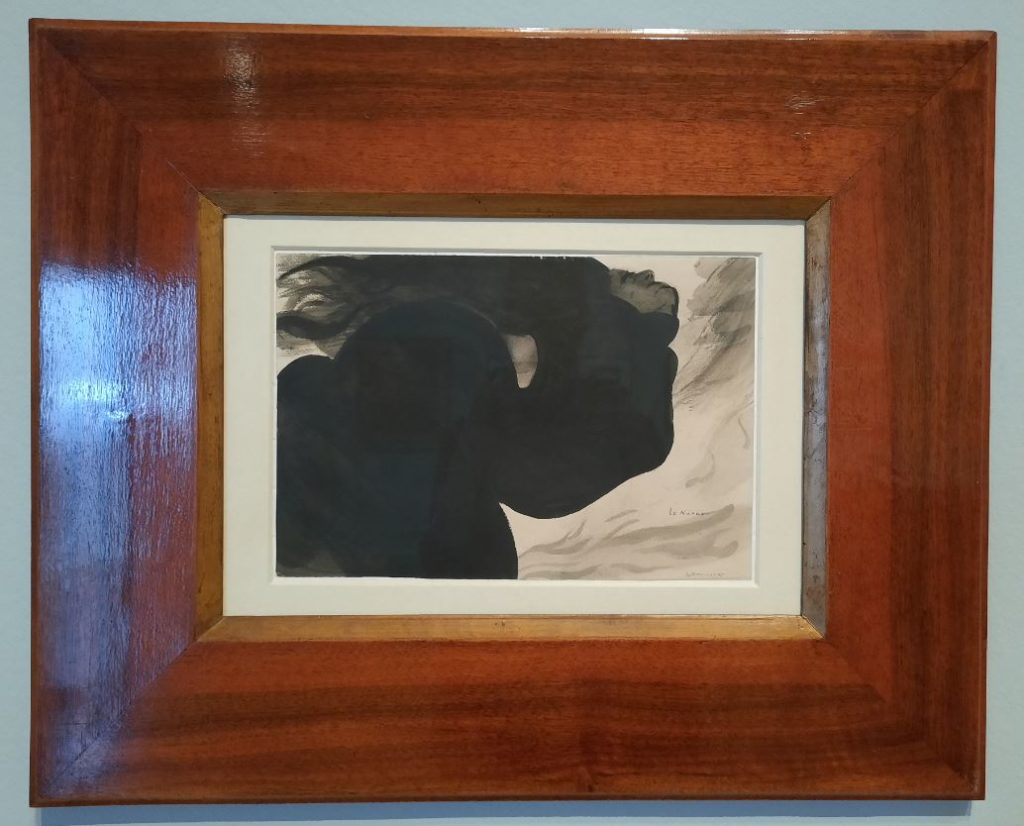
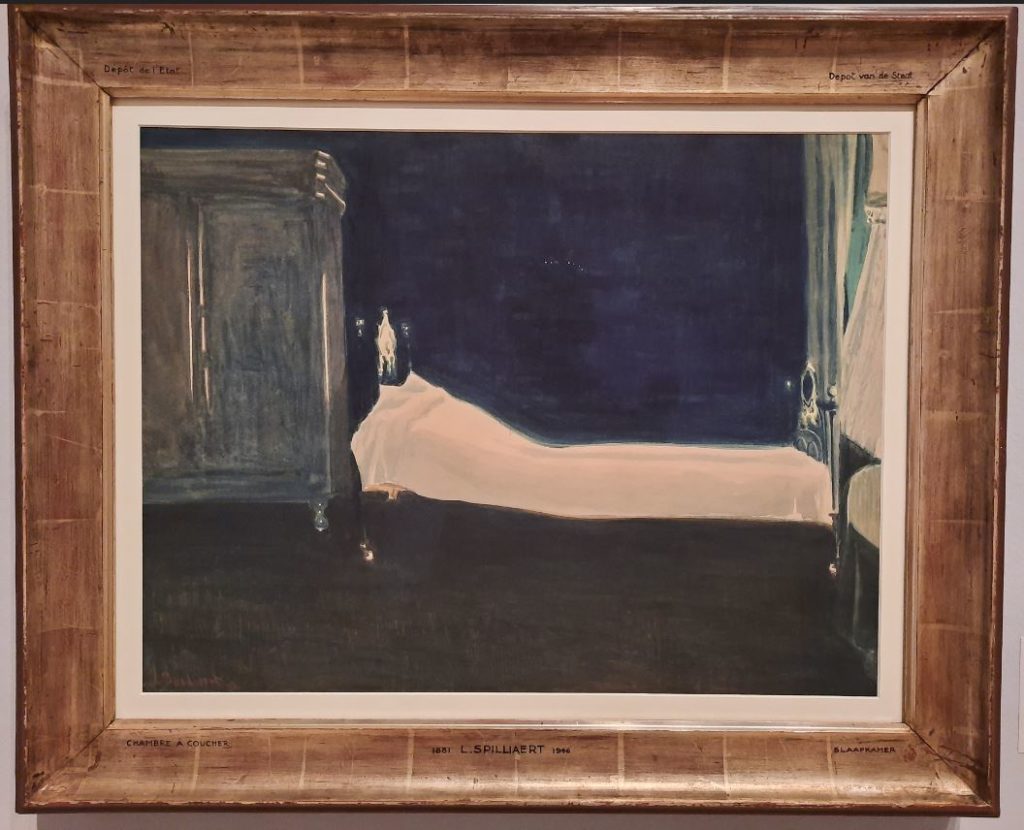
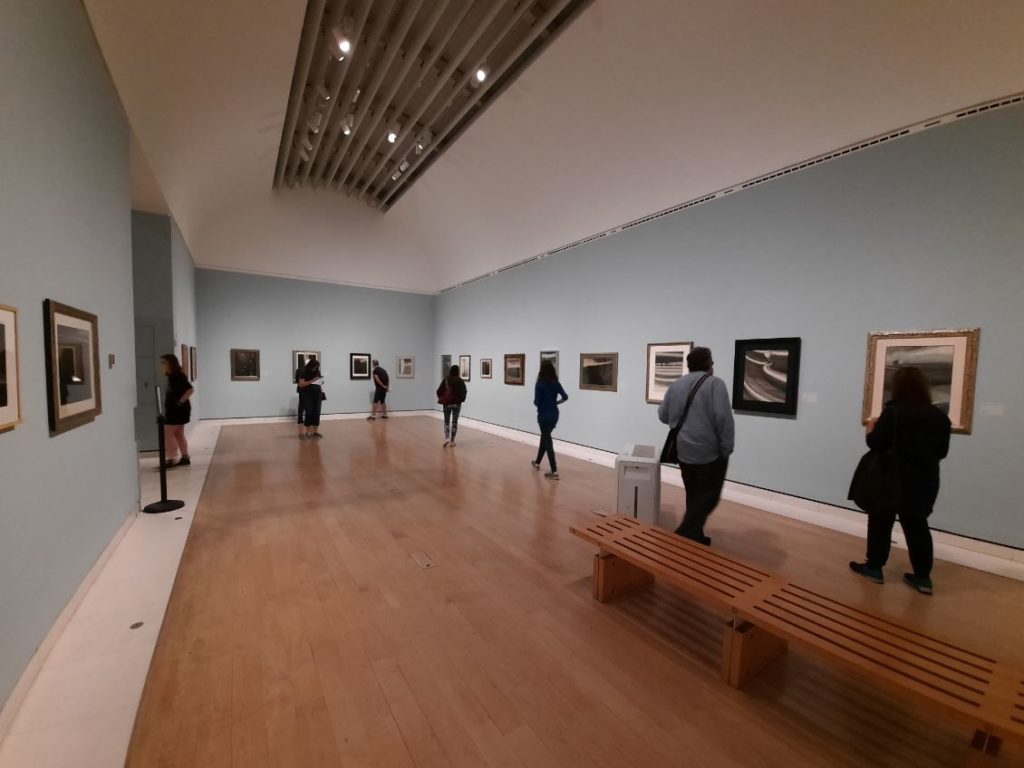
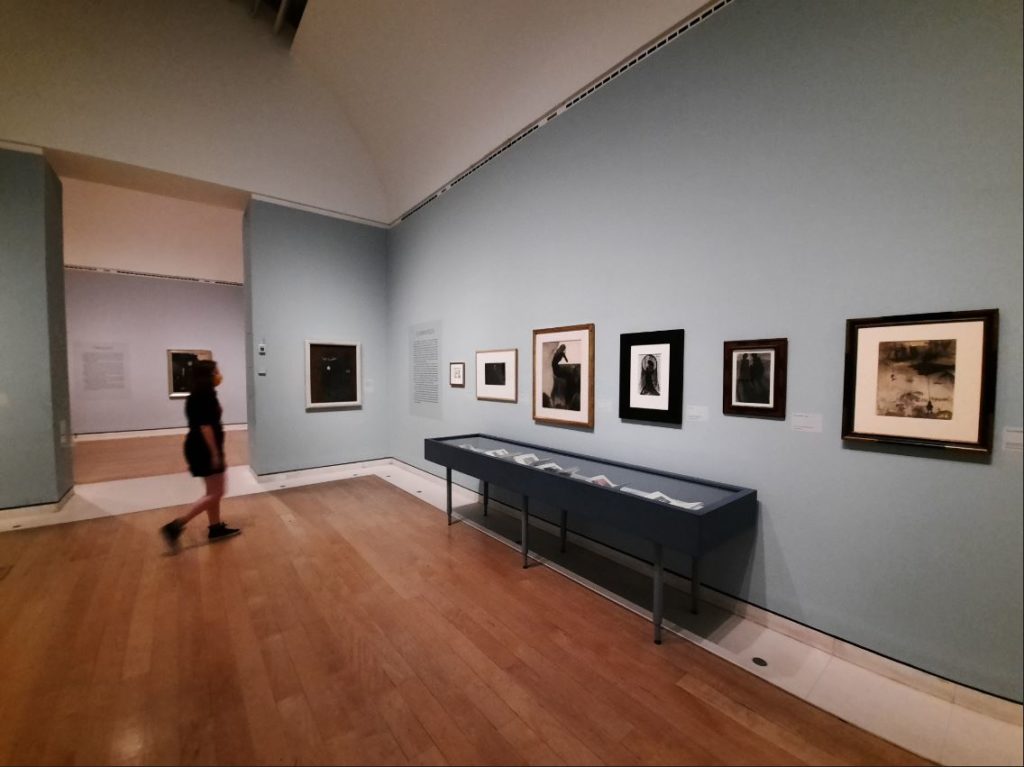
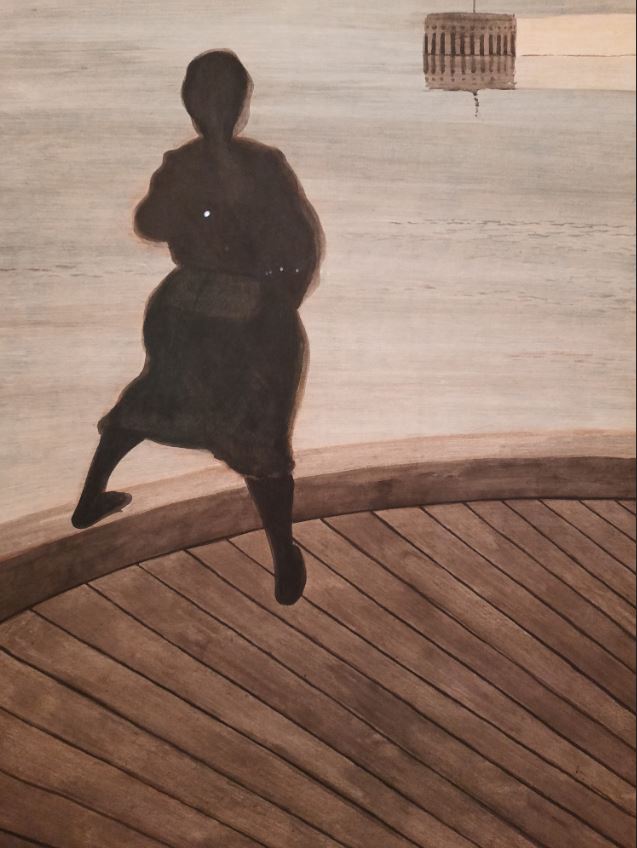
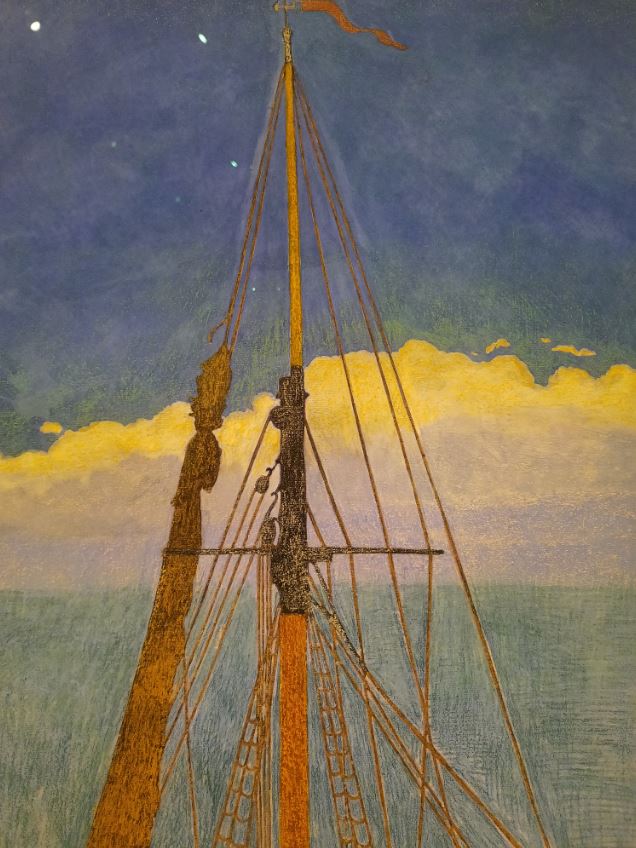
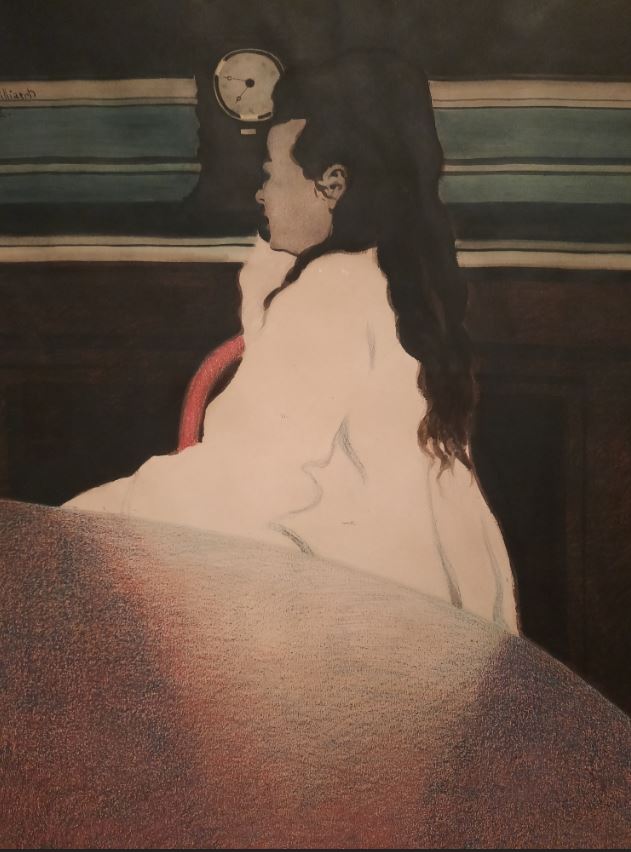
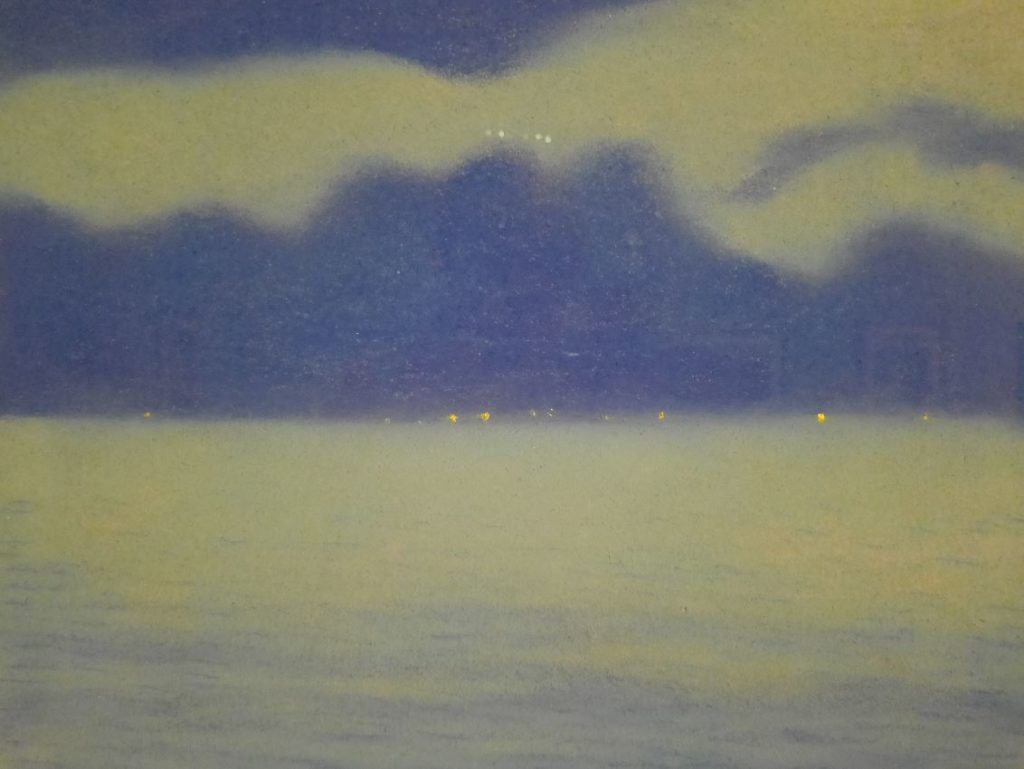
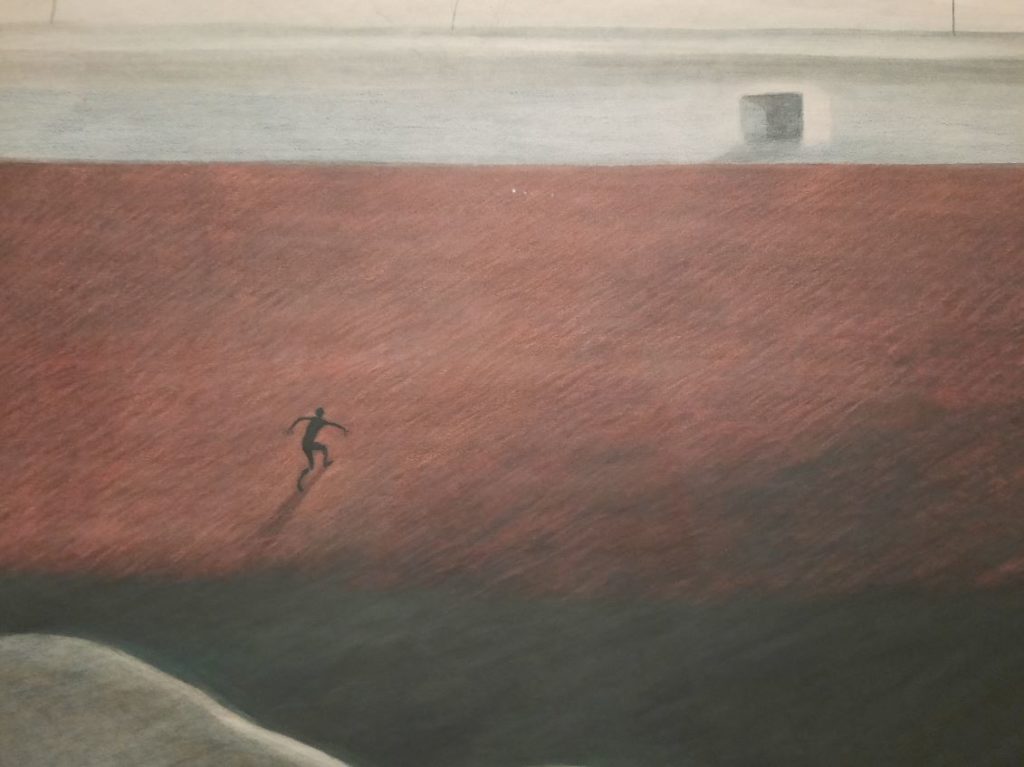
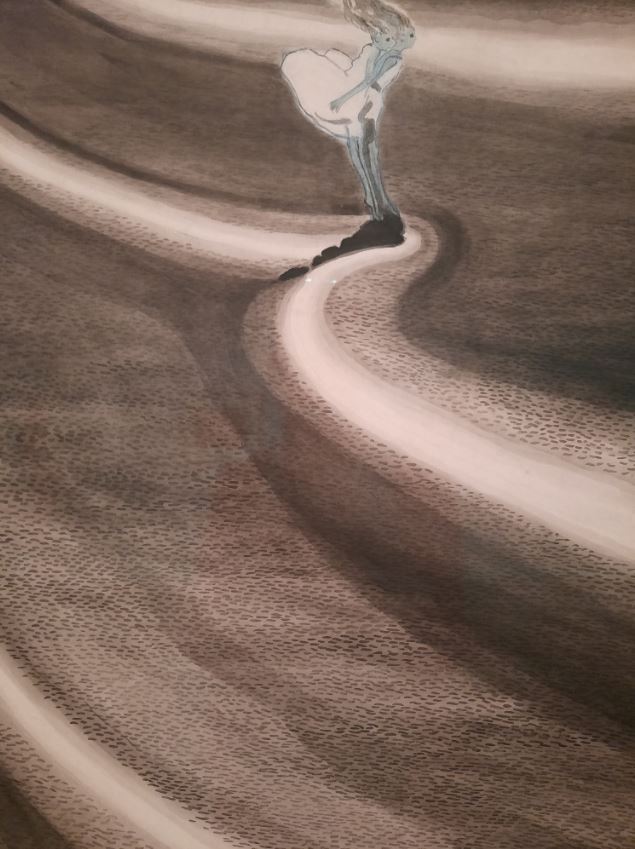
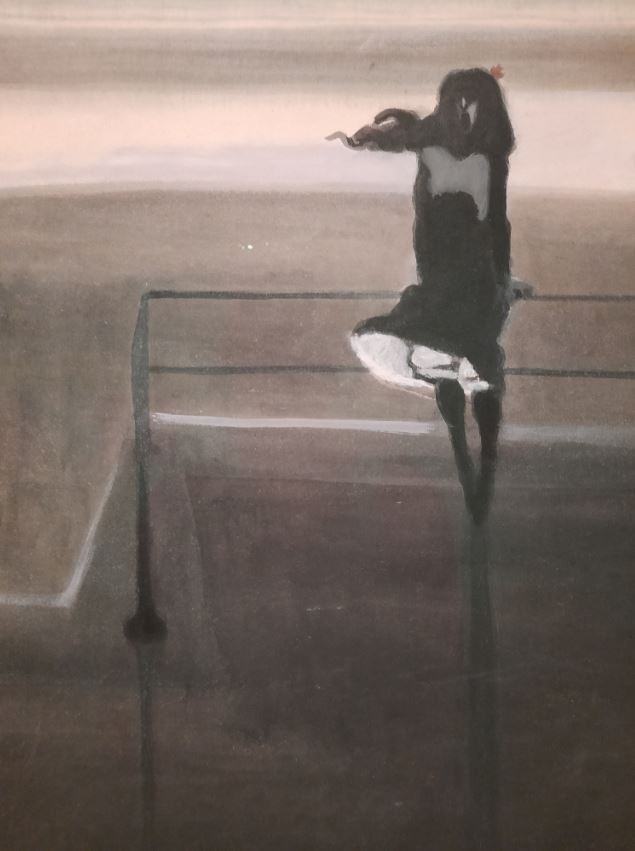
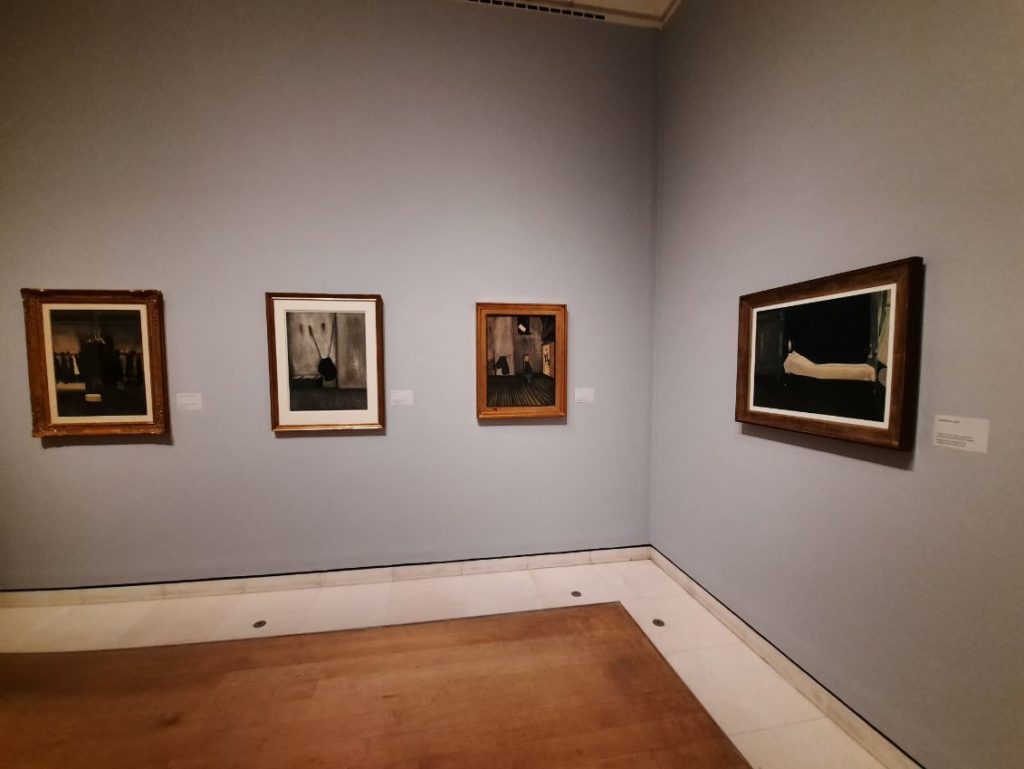
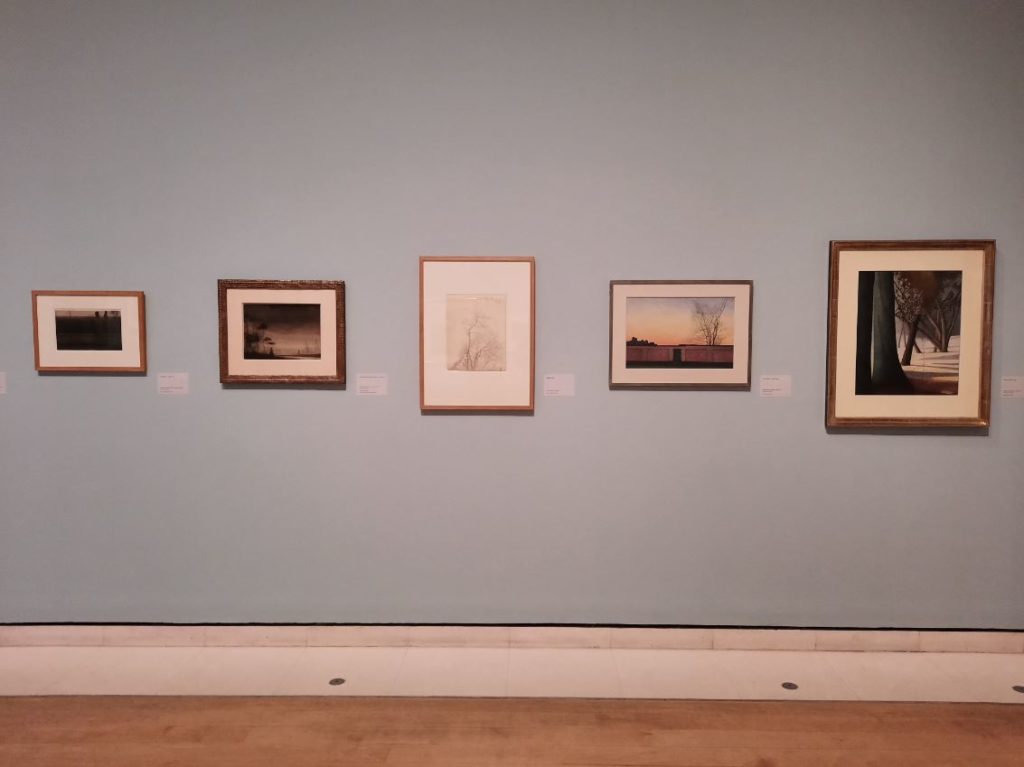
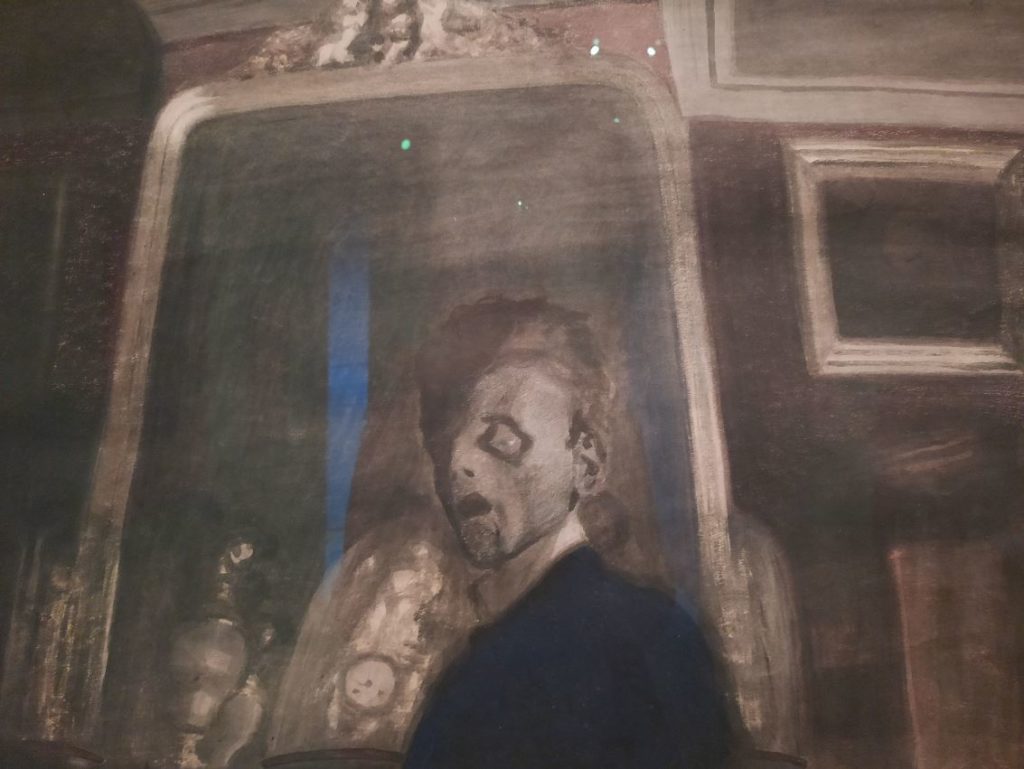
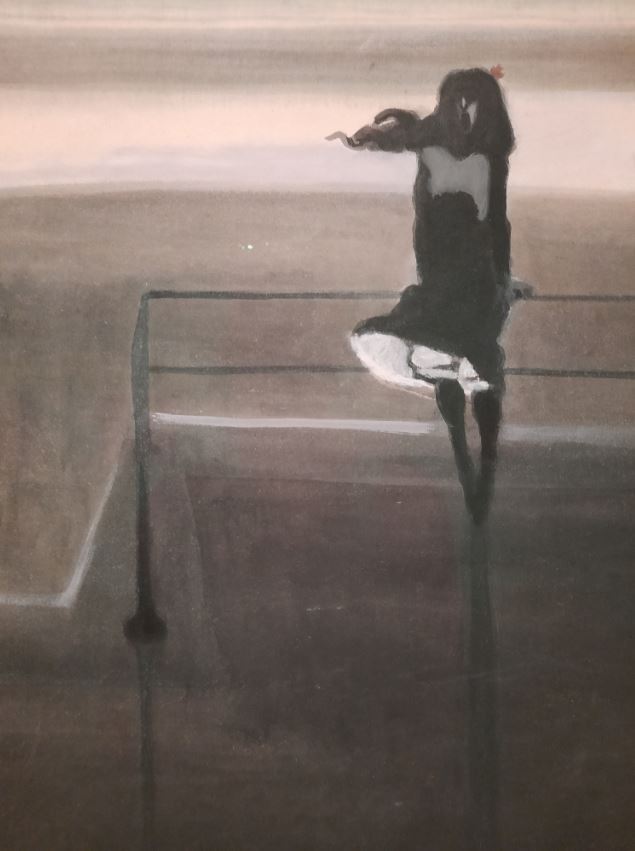
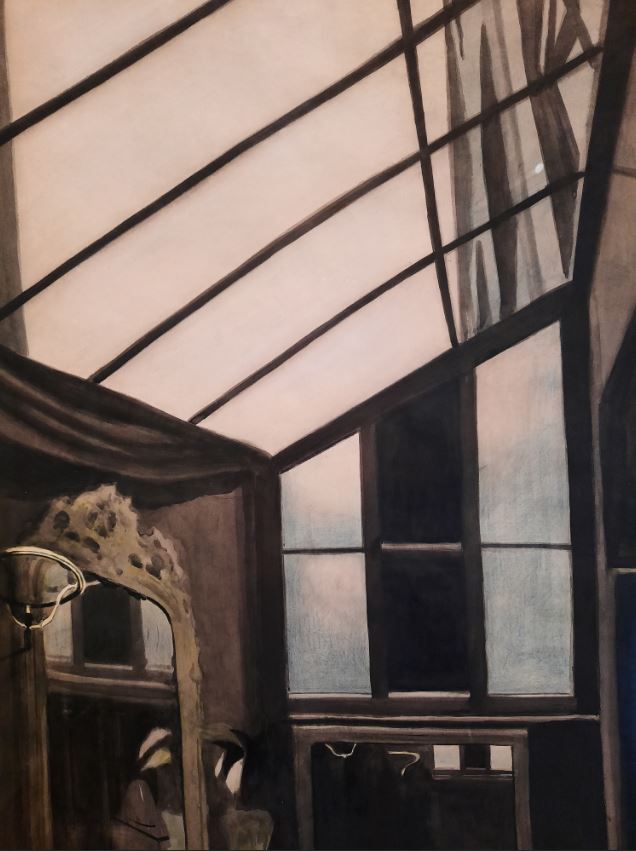
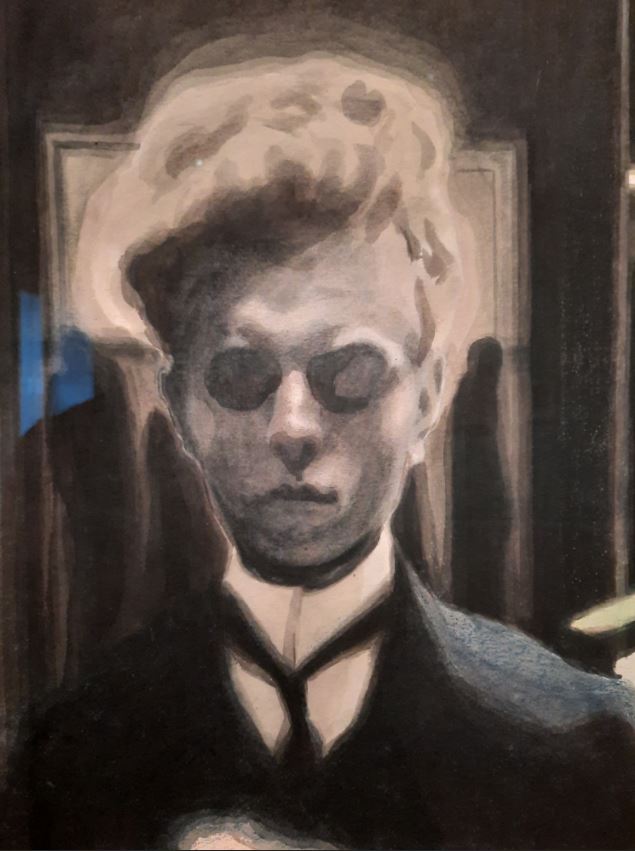
4 thoughts on “Léon Spilliaert – Royal Academy, London”